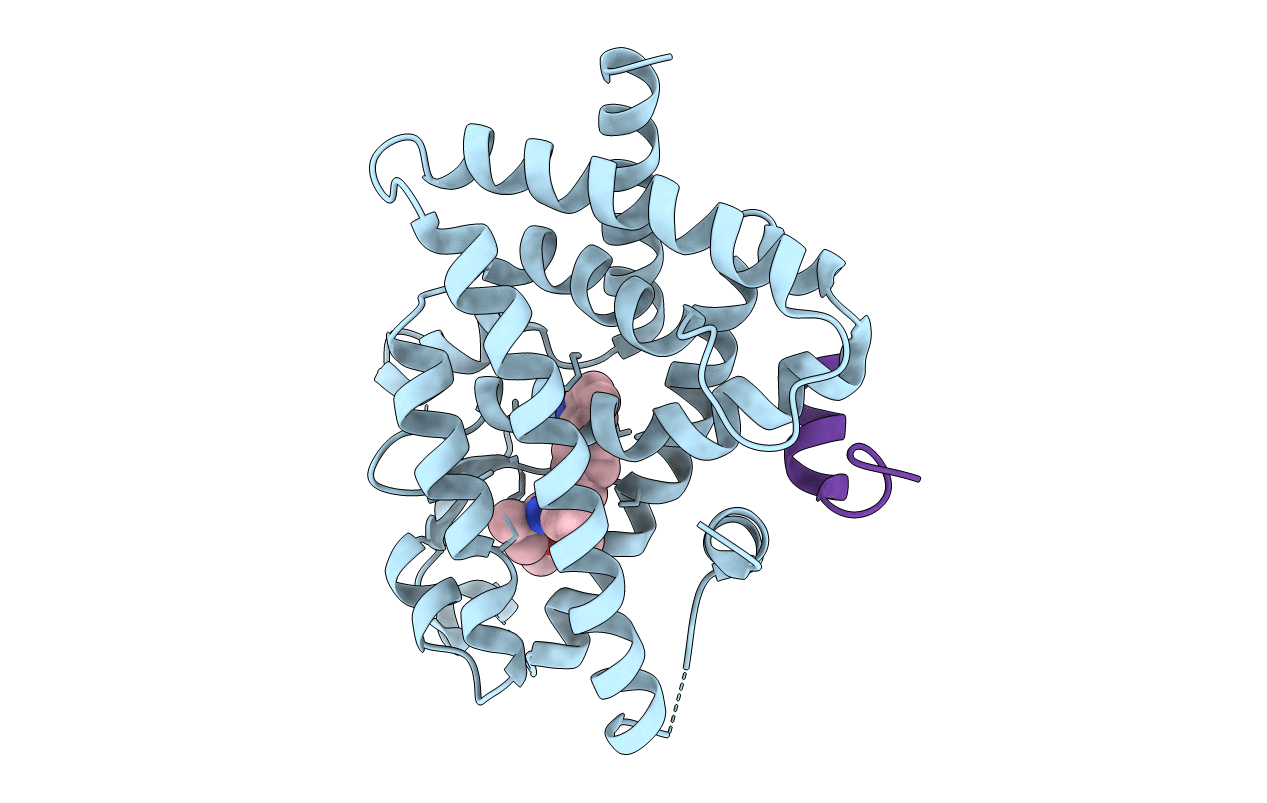
Deposition Date
2018-10-19
Release Date
2019-09-11
Last Version Date
2023-11-22
Method Details:
Experimental Method:
Resolution:
2.41 Å
R-Value Free:
0.30
R-Value Work:
0.21
R-Value Observed:
0.22
Space Group:
C 2 2 21


